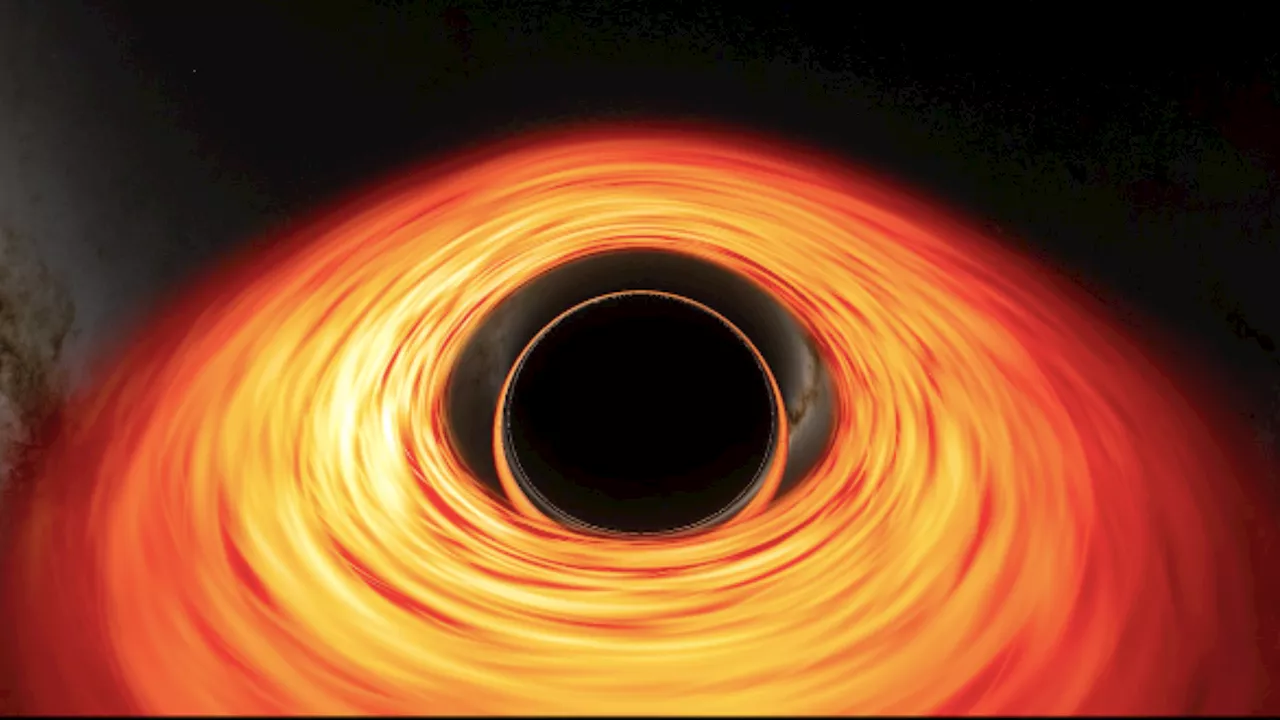In the simulation, the black hole’s event horizon covers an area of 16 million miles (25 million kilometers).
NASA ’s supercomputer has produced cutting-edge visualizations that allow viewers to plunge into the event horizon — the point at which a black hole’s gravitational pull becomes irresistible.
“So I simulated two different scenarios, one where a camera — a stand-in for a daring astronaut — just misses the event horizon and slingshots back out, and one where it crosses the boundary, sealing its fate,” Schnittman added. Schnittman collaborated with fellow Goddard scientist Brian Powell to create this 360-degree visualization. They used the Discover supercomputer at the NASA Center for Climate Simulation.
“If you have the choice, you want to fall into a supermassive black hole. Stellar-mass black holes, which contain up to about 30 solar masses, possess much smaller event horizons and stronger tidal forces, which can rip apart approaching objects before they get to the horizon,” Schnittman explained.
United States Latest News, United States Headlines
Similar News:You can also read news stories similar to this one that we have collected from other news sources.
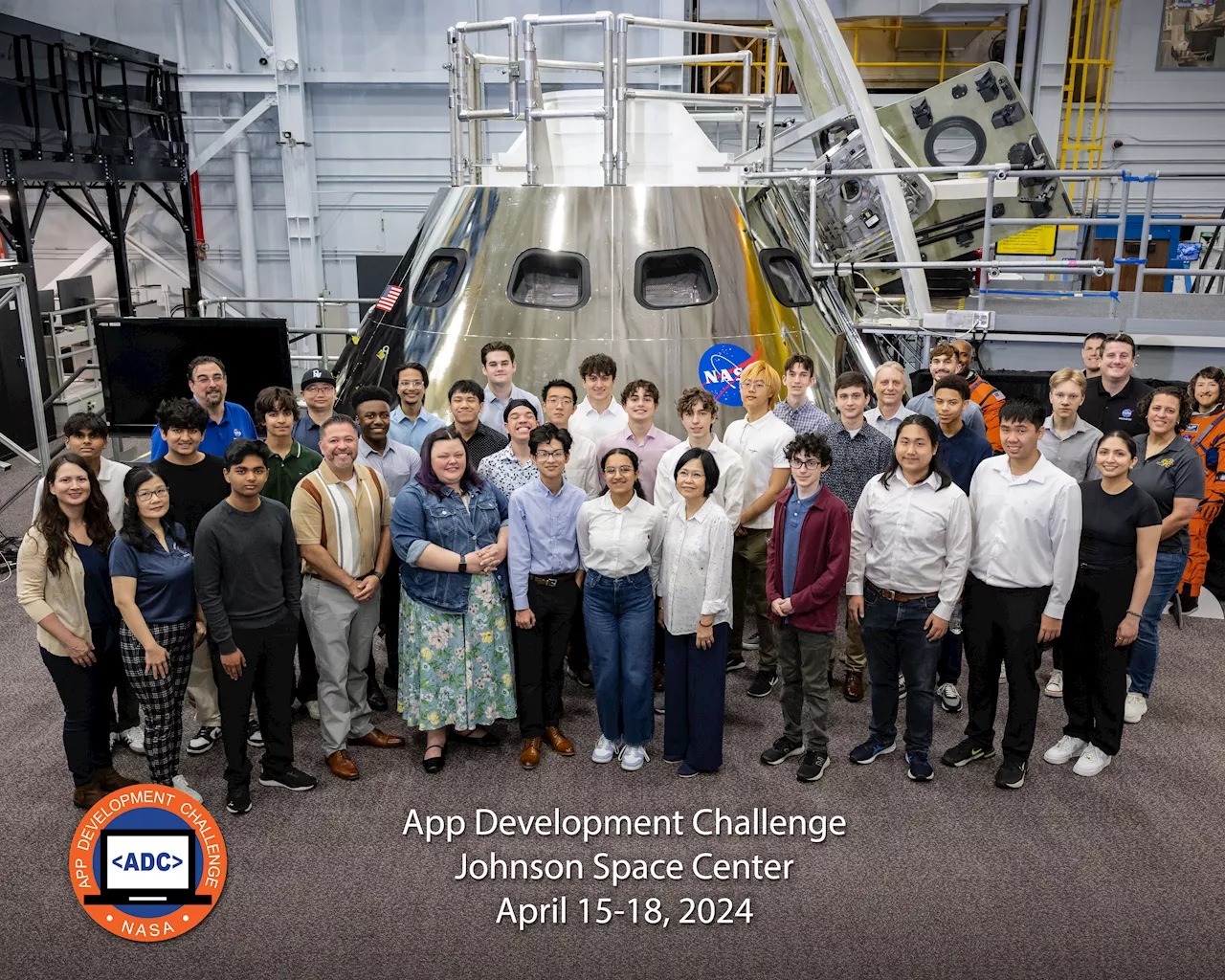 NASA Challenge Gives Artemis Generation Coders a Chance to Shine2024: NASA Challenge Invites Artemis Generation Coders to Johnson Space Center - NASA
NASA Challenge Gives Artemis Generation Coders a Chance to Shine2024: NASA Challenge Invites Artemis Generation Coders to Johnson Space Center - NASA
Read more »
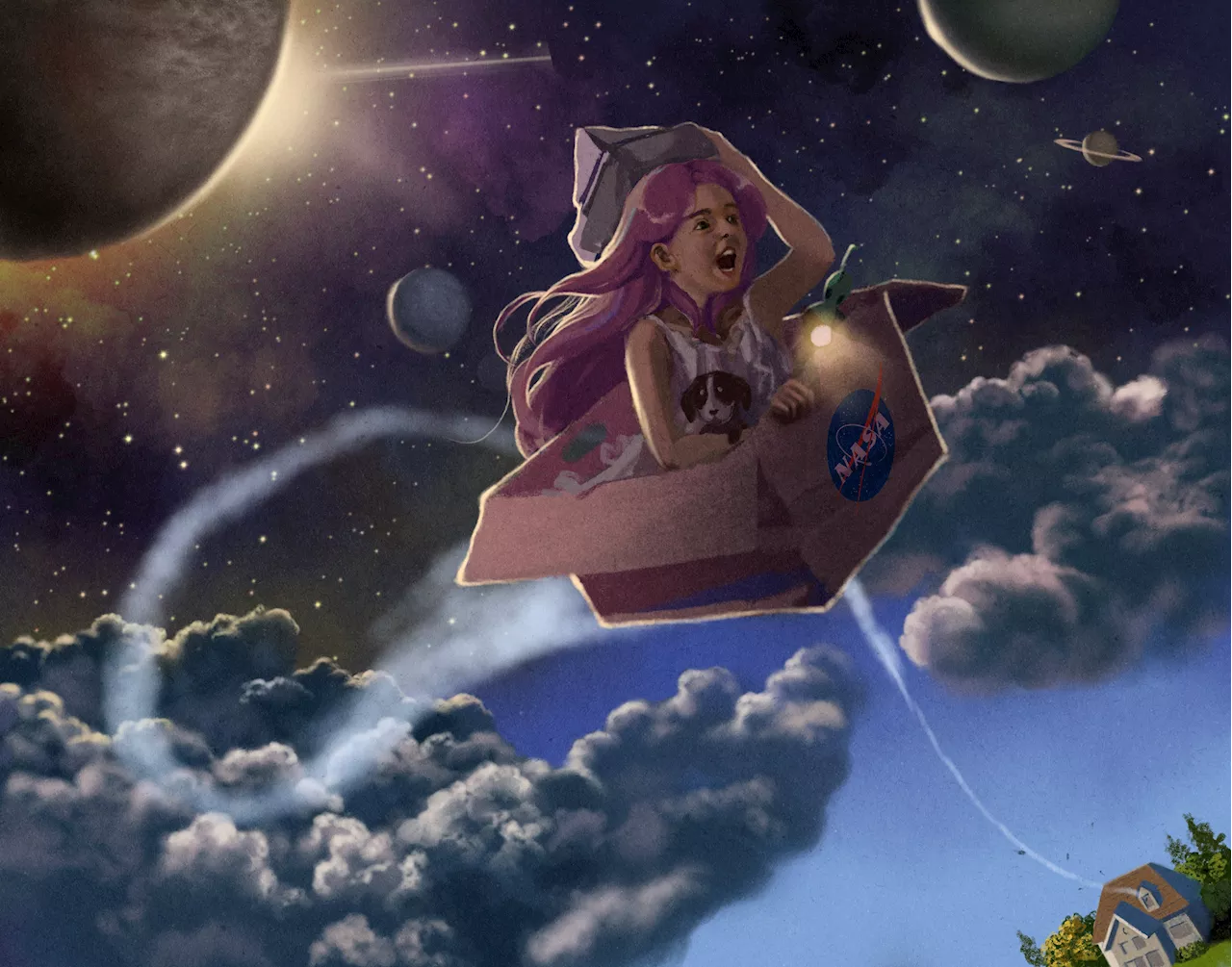 Washington State High Schooler Wins 2024 NASA Student Art ContestA 12th grade artist with a passion for NASA and space took home the top prize for the 2024 NASA Student Art Contest, a nationwide competition hosted by NASA’s
Washington State High Schooler Wins 2024 NASA Student Art ContestA 12th grade artist with a passion for NASA and space took home the top prize for the 2024 NASA Student Art Contest, a nationwide competition hosted by NASA’s
Read more »
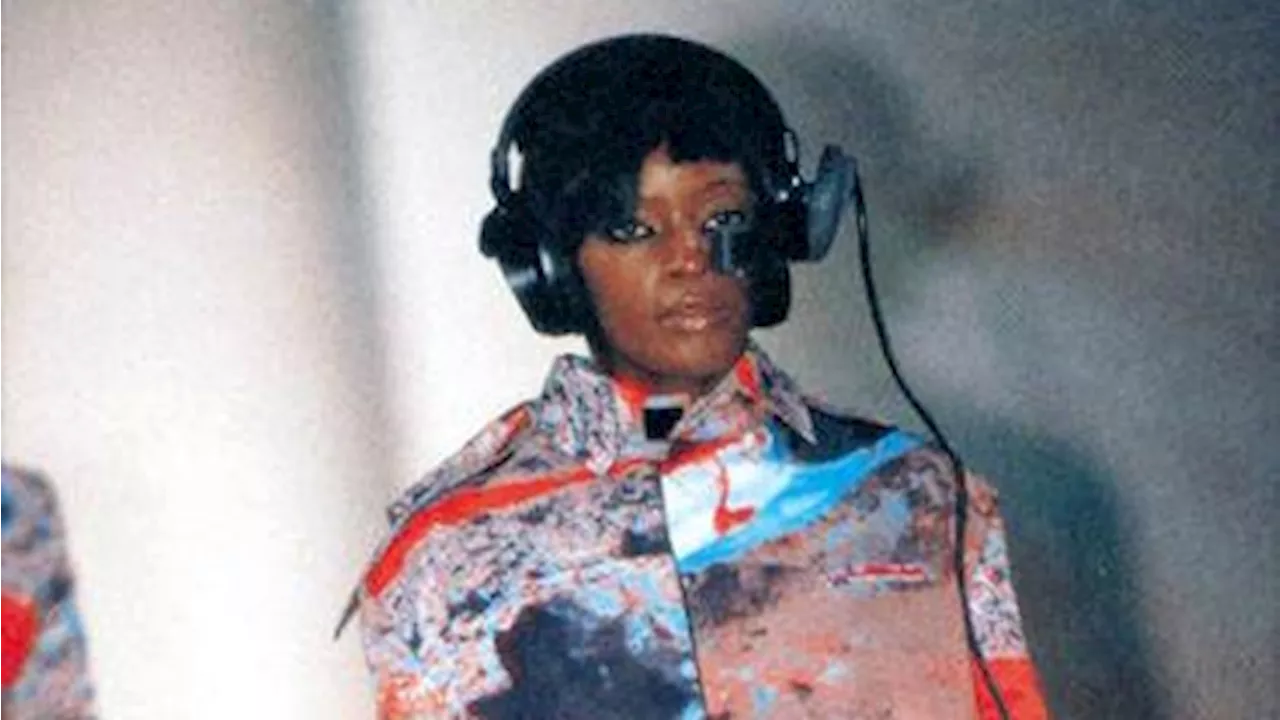 Fashion Designer Stephen Sprouse's Collaboration with NASAThis article explores fashion designer Stephen Sprouse's collaborations with NASA, including his use of NASA photos on Mars and interplanetary prints based on NASA imagery.
Fashion Designer Stephen Sprouse's Collaboration with NASAThis article explores fashion designer Stephen Sprouse's collaborations with NASA, including his use of NASA photos on Mars and interplanetary prints based on NASA imagery.
Read more »
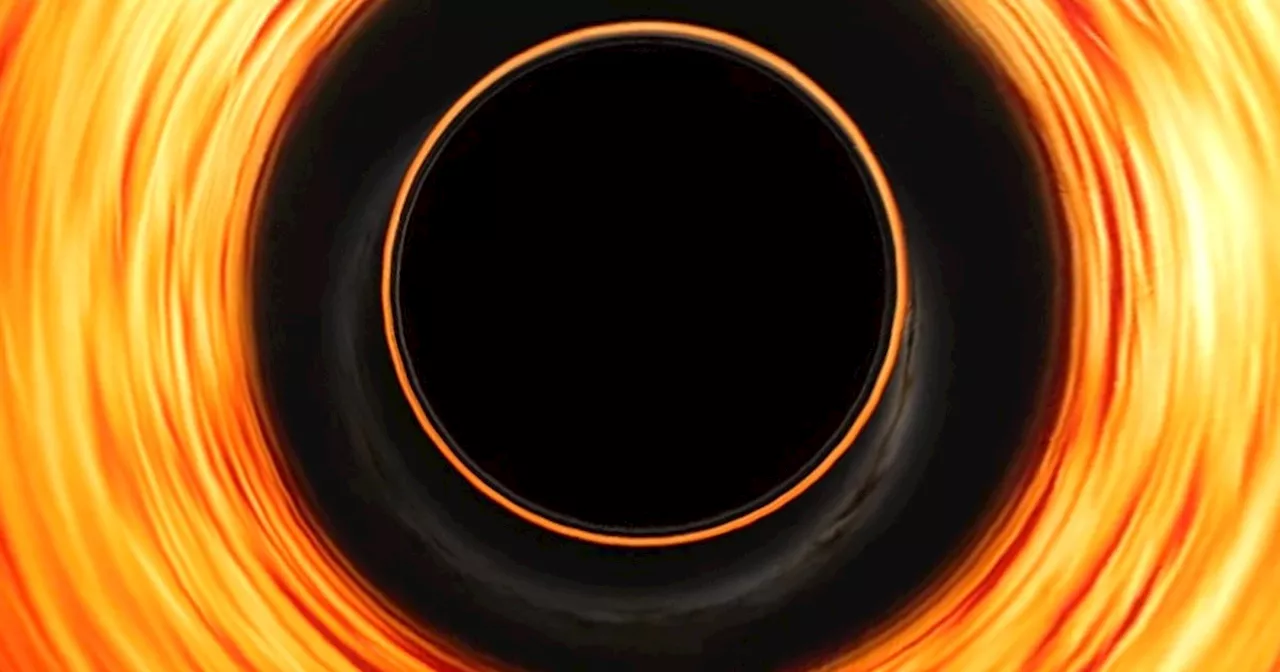 NASA 360-degree video shows what it’s like to plunge into a black holeDT Video
NASA 360-degree video shows what it’s like to plunge into a black holeDT Video
Read more »
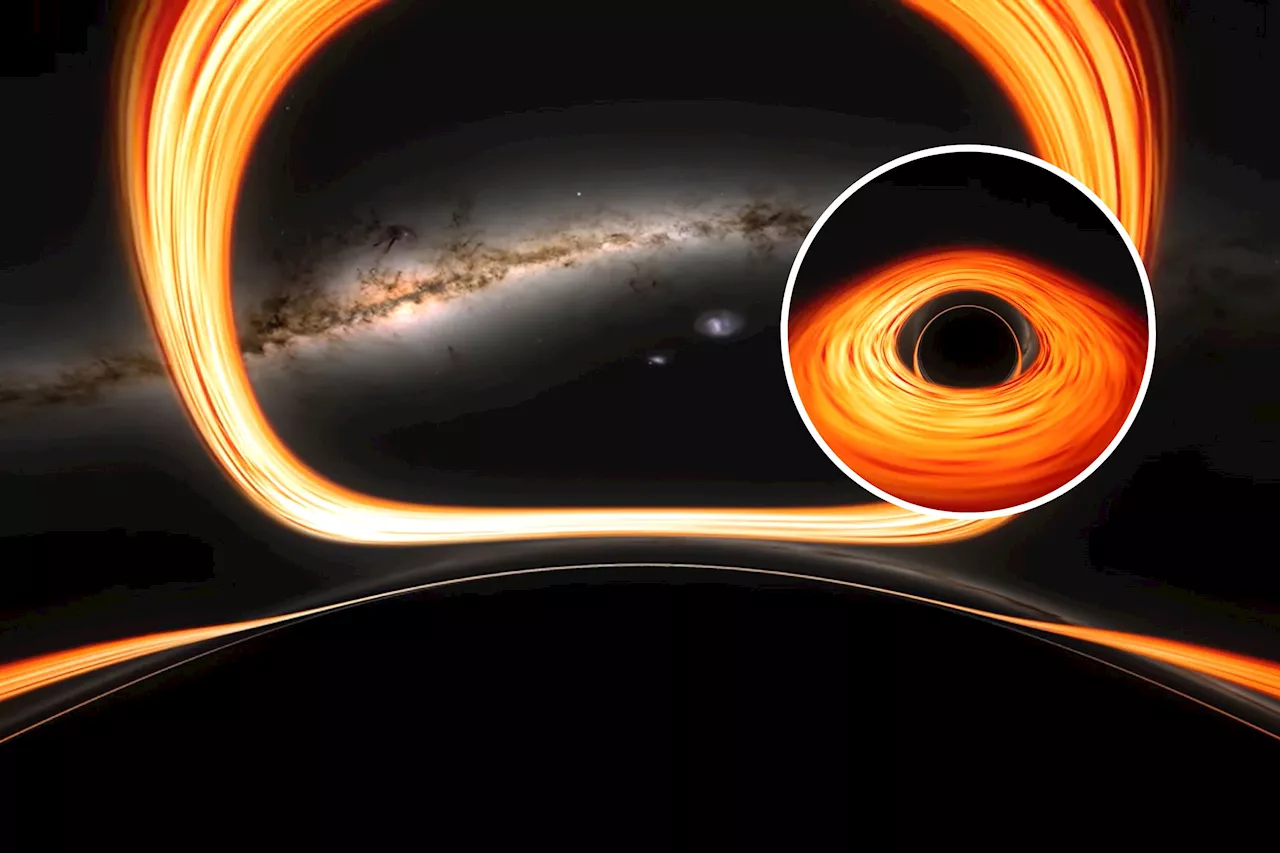 NASA Video Shows What Would Happen if You Fell Into a Black Hole'If you have the choice, you want to fall into a supermassive black hole,' NASA astrophysicist Jeremy Schnittman said.
NASA Video Shows What Would Happen if You Fell Into a Black Hole'If you have the choice, you want to fall into a supermassive black hole,' NASA astrophysicist Jeremy Schnittman said.
Read more »
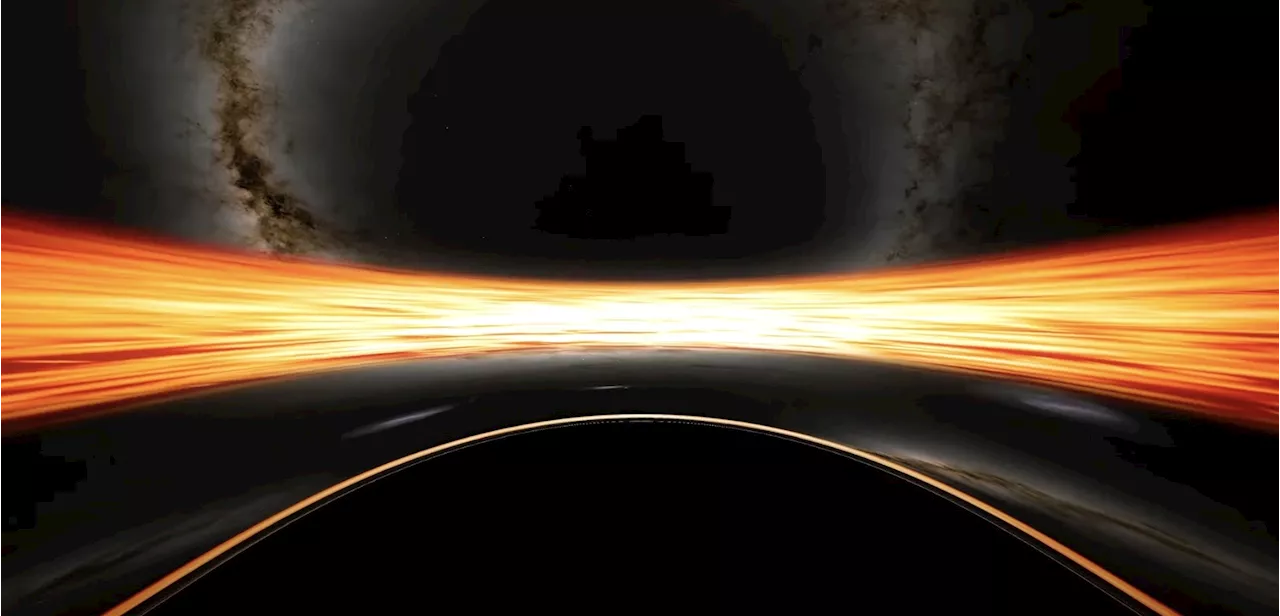 Fall Into a Black Hole With this New NASA SimulationNASA's new black hole simulation will have you on the edge of your seat. But don't lean forward too far or you risk spaghettification.
Fall Into a Black Hole With this New NASA SimulationNASA's new black hole simulation will have you on the edge of your seat. But don't lean forward too far or you risk spaghettification.
Read more »
